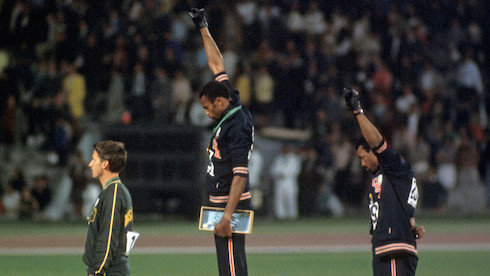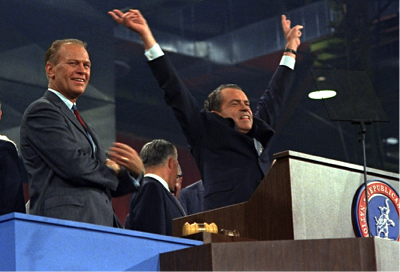1968 in the Spotlight: Looking Back 50 Years
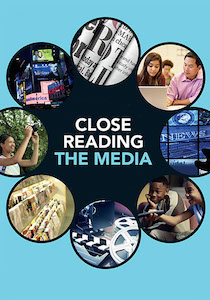
✻ Every April, we pause to remember civil rights leader Martin Luther King on the day he was murdered in Memphis.
✻ Few of us will forget what happened on September 11th, because 9/11 anniversaries are filled with stories about terrorism, heroism and tragedy.
✻ In 1941, President Franklin Roosevelt declared December 7 as “a date that will live in infamy” as he rallied the American people during a speech to Congress after Japan bombed Pearl Harbor during World War II.
Students in classes where history, media literacy, civics and current events are taught might not immediately recognize this pattern, but newsworthy anniversaries are an effective way to create “teachable moments” and lesson hooks.
Interestingly, the entire year of 1968 (often labeled as tumultuous and difficult) is getting news attention during 2018 because it marks the 50th anniversary of so many newsworthy events.
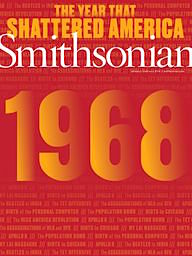
Opting for less theatrical language, CNN has announced it will air a multi-part series co-produced by Tom Hanks, “1968: The Year That Changed America” (dates TBA), looking back at the events of that year. This is a golden opportunity for middle grades educators to save the series for use in instruction.
Remembering 1968
I realize that many teachers in today’s classrooms don’t have personal memories of America’s watershed year. I was a teenager then, and the events of 1968 weighed heavily on my impressionable mind – and linger still.
In many ways 2018 resembles 1968: a country divided not only by politics but also by social, cultural and many other issues.
The Vietnam War dominated the news cycle in 1968 because of America’s continued involvement. Protests against the war became common and would intensify as Congress debated a compulsory military draft. In those pre-Internet years, morning newspapers and nightly TV network newscasts drove the cycle of information available to citizens.
Remember, there was no cable television, no personal computers, and no practical way for most people to obtain news on demand. Network “news breaks” broke into regular programming (including the daily diet of game shows and soap operas on the three national channels available – NBC, ABC, and CBS) to report news of major national impact like the assassinations of Dr. King and Robert F. Kennedy.
Media literacy research questions: How did people living in 1968 get their news and information? What forms of media were the most popular then? Which network news program did most people tune to in 1968? How did Walter Cronkite get the reputation as “the most trusted man in America”?
The Tet Offensive (one of many noteworthy 1968 Vietnam events) began in late January and demonstrated to many how futile US involvement was, causing revered CBS News broadcaster Walter Cronkite to declare that the war was a stalemate and a negotiated peace might be the next step.
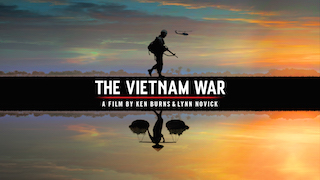
Some of the questions contained in the educational material for the series are excellent for student research and discussion:
- What motivated the United States to become involved in Vietnam? Why did the U.S. feel compelled to take over for the French in Indochina?
- How does a national draft work? Who is drafted? Why is there no draft today? What are “draft dodgers” and how did the numbers of dodgers compare with other conflicts like WWII?
- Which methods of protest were employed by civilians during the Vietnam War? Which seem most effective?
- What was life like for a soldier fighting in the Vietnam War?
- What were the challenges faced by veterans when they tried to reintegrate into civilian life following the war?
- How can the citizens of a democratic country remain patriotic and still hold the government accountable for its actions?
(NOTE: This document aligns the study of the Vietnam War with current Social Studies standards.)
Little did the American people know at the time, but the administration and the military had misled them about US progress (or lack thereof) in the war – facts that would later come out with the eventual publication of “The Pentagon Papers,” the subject of the 2018 film The Post.
In mid-1968, the assassinations of Martin Luther King (in April) and Robert Kennedy (in June) shocked the nation. King had led the Civil Rights Movement and his death sparked riots across the country, leaving 39 people dead, more than 2,600 injured and 21,000 arrested.The fact that RFK was running for president that year led many to believe the Vietnam War would end under his tenure. But it was not to be.
The Music of 1968
In August, the song “Abraham, Martin and John (and Bobby)” was released by pop singer Dion. Part of the lyrics included this plea: “Didn’t you love the things they stood for? Didn’t they try to find some good for you and me? And we’ll be free, Someday soon…it’s gonna be one day.” (Source)
The recent CNN series “Soundtracks: Songs That Defined History” (now available on the CNNGo app) makes note of the impact of music during this time period. Cultural historian Richard Goldstein says that before MLK’s death, “you had the hymns of unity and change,” but afterwards, “the hymns fade and are replaced by much more militant sentiments in the music.”
Among the 1968 songs that might fit Goldstein’s description were pacesetters like James Brown’s “Say It Loud (I’m Black and I’m Proud)” and “The Unknown Soldier” by the Doors. By 1969, songs protesting the war and civil rights issues would begin to proliferate on the airwaves, with classics like Creedence’s “Fortunate Son” and John Lennon’s “Give Peace a Chance” – and with the rise of Woodstock Nation. (Teachers interested in having students research protest music of the era might start with this Council on Foreign Relations post, “The Twenty Best Vietnam Protest Songs.”)
The Politics of 1968
On March 31, President Lyndon Johnson told the nation he would not run for re-election. (The president’s 1968 timeline at Wikipedia tells a dramatic story of the year in and of itself.) LBJ’s decision opened the door for Republicans to try to regain the office. In the wake of Robert Kennedy’s assassination, Vice President Hubert Humphrey defeated anti-war candidate Eugene McCarthy for the Democratic nomination. Humphrey challenged his Republican opponent Richard Nixon to debate on TV, but Nixon refused. (Remember Nixon did not do well when he faced John F Kennedy in 1960.)
Anti-war demonstrations occurred outside both the Democratic Convention in Chicago (where violent clashes with police took place) and the Republican Convention in Miami Beach. Nixon went on to win the presidency, soundly defeating Humphrey. Author David Farber noted the opinions of many analysts that on the evening of the Chicago street riots “America decided to vote for Richard Nixon.” (Ask students to research news stories that reported on protests outside the convention centers and discuss what impact the issues raised by protestors had on those inside or those watching on TV at home.)
Ask Your Students
There are many other events and reasons why 1968 was such an important time in American history. I can’t begin to name them all in this space. As 2018 progresses and major media outlets continue to spotlight 1968, your students will have many opportunities to study the images, words and videos that are part of the archive of that year.
Some general guiding questions might include:
► Why has 1968 been described as tumultuous, difficult, a turning point?
► What major challenges were faced by American leaders and the American people that year?
► What role did the media play during this crucial time? Did the role of television news shift during this period?
► How is 1968 similar to or different from 2018? What problems were solved and what problems still remain?
Vietnam War Education Resources
• Homepage for PBS’s The Vietnam War Series
• Ken Burns Vietnam Series: Education Resources
• New York Times: Ken Burns & Lynn Novick Tackle The Vietnam War
• Discovery Education: Opposing Views on The Vietnam War
• NYT Learning Network: Teaching the Vietnam War With Primary Sources
Aimed at high school students; some materials suitable for middle school
• Texas Tech University: The Vietnam Center and Archive
• C-SPAN Results for Video Search: Vietnam War
• Nhi’s Vietnam (Scholastic/NYT Upfront)
For young people in Vietnam, the American War is ancient history
• Protest and Politics: 1968, Year of the Barricades
Annenberg’s cross-curricular photography unit (PDF; gr. 6-12)
• Newseum Opens Tet Offensive Photography Exhibit
___________________
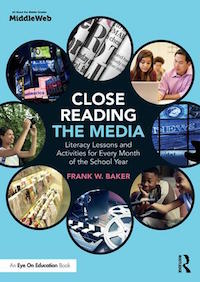
Baker maintains the Media Literacy Clearinghouse (www.frankwbaker.com) named as one of the Top Free Best 100 Web Sites of 2017. He welcomes inquiries about his professional development workshops with teachers. He can be reached at fbaker1346@gmail.com and via Twitter @fbaker.

